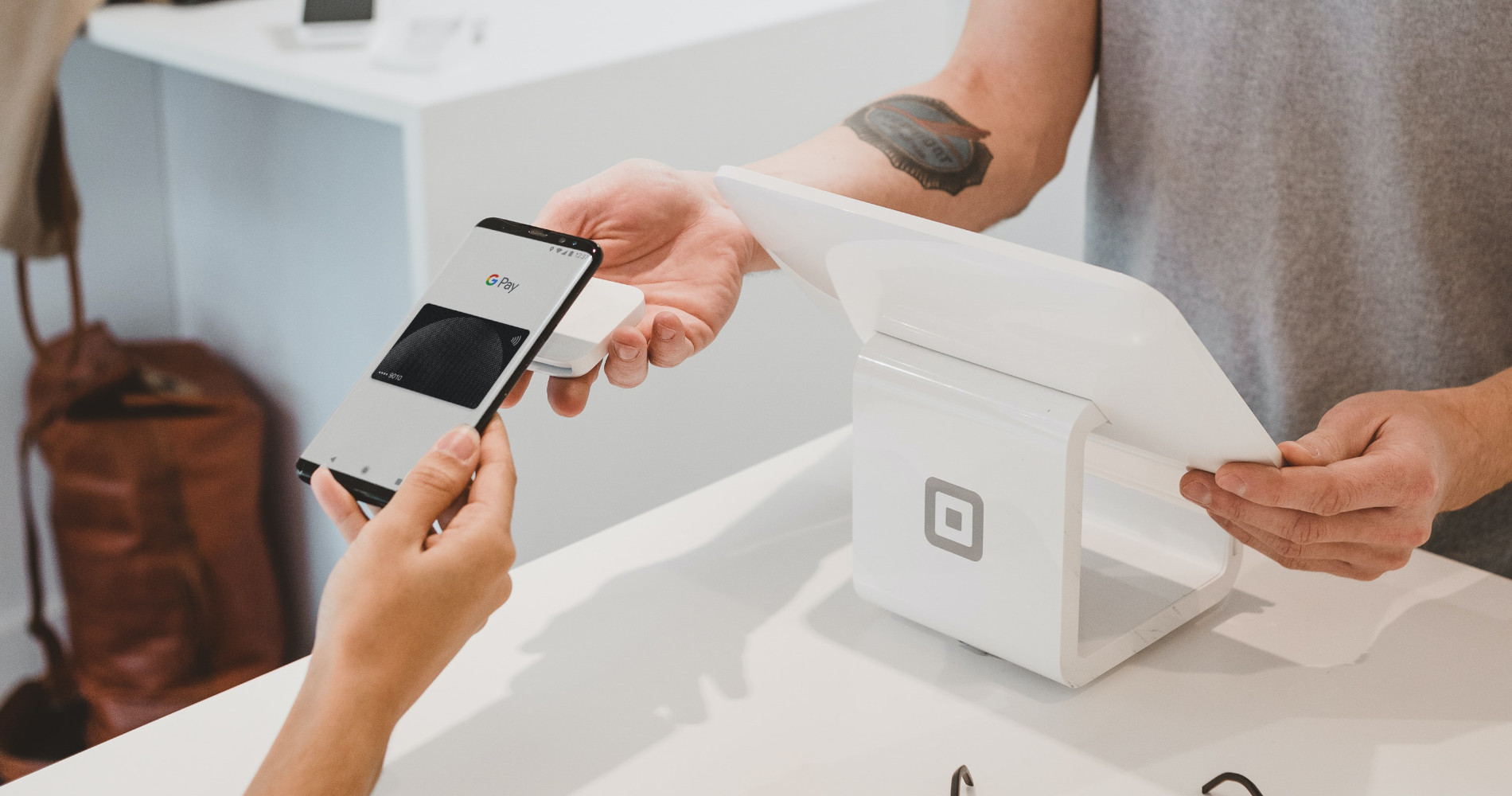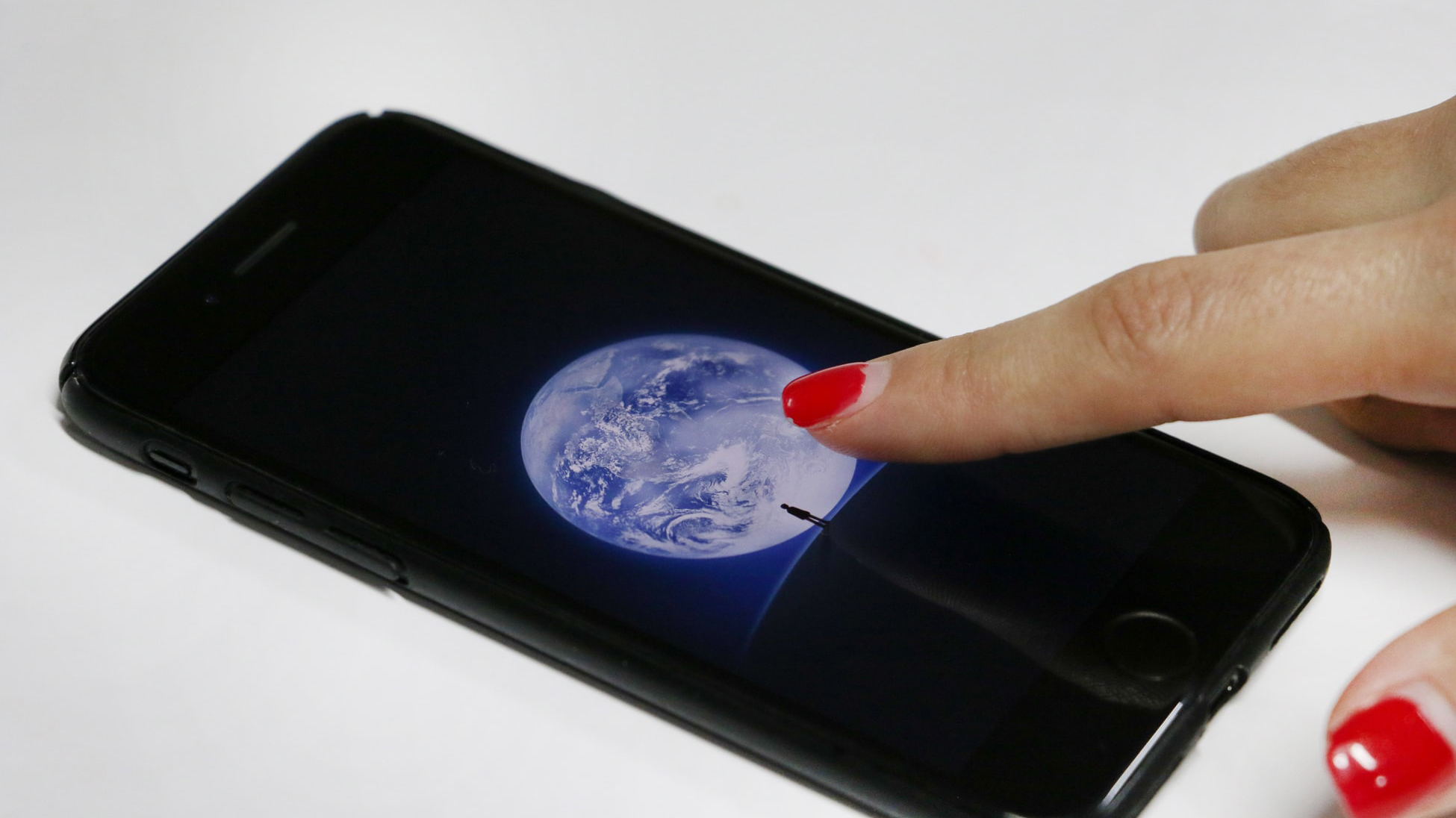Although payment cards are still the most popular means of cashless transactions, mWallets have gained a significant foothold in certain regions around the world, raising certain implications as far as mobile identity goes.
How often do you carry cash on your person?
If you’re anything like me and most of the people I know, the answer is — not very often.
Over the last decade, we have seen a global shift towards a cashless society. To give you some numbers, Norweigians withdraw cash from ATMs only eight times a year on average. In the same country, cash payments account for only 11% of all in-store purchases.
On a similar note, cashless payments in Asia are experiencing skyrocketing growth. Non-cash transactions here are projected to rise from $96.2 billion in 2017 to $352.8 billion by 2022. Yes, you’ve read that right — that accounts for a growth rate of 266%!
Not to mention the overwhelming, constantly increasing mobile penetration across the globe and the innovations brought on by various FinTech businesses that help advance the cashless market, which significantly influence this growth.
On top of all that, the adoption of these services was additionally sped up by the COVID-19 pandemic, as mWallets enable hygienic safety through convenient contactless payments. Since some things will never revert back to the old ways, it’s safe to say that the usage of mWallets for non-cash transactions is here to stay.
While credit and debit cards are still the main medium for cashless transactions on the whole, mWallets have been gaining significant popularity, simultaneously raising some important questions about mobile identity.
Let’s assess the current adoption of mWallets across the world before diving into what it all means for mobile identity.
The Rapid Growth in mWallet Usage in Scandinavia and Asia
The growth in mWallet usage started with the popularization first of PayPal, then Apple Pay, Google Pay, Venmo and other localized FinTech mWallets — and even individual banks’ mWallet apps.
While relatively new, the usage of mWallets has seen significant growth in Scandinavia and Asia. Let’s take a closer look.
In Norway, which seems to be leading the pack in the digital transaction landscape, around 82% of people have tried peer-to-peer payments. Moreover, as far as in-store payments go, the number of consumers who use some form of mWallet on a weekly basis grew from 7 to 12% over one year, in 2018. Only a few European countries have higher market penetration for in-store mWallet payments, the highest one being 65.4% in Ireland.
In Asia, the growth has been even faster. In Cambodia, the number of active eWallet accounts reached 5.2 million last year, which is an impressive 64% growth rate from 2018. Furthermore, all the way back to that same year around 83% of all payments in China were made via mobile payments methods. Suffice it to say that the pandemic has only spurred this growth, and mWallets are here to stay.
All right, so the growth is clear to see — but you might be asking why people keep moving towards mWallets.
It’s simple. Using mWallets is more secure and convenient than credit cards. However, it’s important to note that because mWallets reside on one’s mobile device, they have also become a vital part of mobile identity.
mWallets a Crucial Part of Mobile ID
As we move toward a mobile-first world, mobile ID becomes an increasingly important issue.
It’s been years now since we first started seeing phones capable of enabling email and the storage of other sensitive information, and mBanking apps, mWallets, and many other FinTech apps have since gained a strong footing in the mobile space. These trends indicate the extent to which mobile ID is becoming our main identifier. For all the practicality and higher security possible with mobile ID, I for one am very excited.
Instead of carrying your card or multiple cards and instead of having to carry your physical ID or other store point cards, you can have all that information in the mWallet on your phone — which you’re already carrying on your person — just a tap of the finger away.
However, while these capacities are extremely convenient, we shouldn’t forget that such sensitive information needs to be safeguarded effectively, both in terms of mWallets and of mobile identity in general. Let’s talk about the current authentication and verification methods used to secure these accounts.
According to the Deloitte study on the Rise of mWallets in the Nordics, 76% of consumers still rely on PIN authentication, with biometrics closely following. And on a more positive note, around 56% are able to use fingerprint authentication to access their mobile ID, which is definitely a much better way of authenticating users.
Well, nothing is, but it’s still much better than using PIN codes. Biometrics are extremely convenient, and major payment providers have realized this as well. You can use biometrics, if available in your particular case, as part of 3DS for PayPal, and you can authenticate via Face ID for Apple Pay. The other major players offer similar possibilities, both globally and locally.
However, convenience aside, biometrics can still be hacked and thus can pose certain privacy risks. The best way around all that is something we frequently speak in favor of, a larger multi-factor authentication system.
This MFA should be able to verify an individual’s identity, prevent theft or fraud, and respect the privacy of the users — all while remaining convenient to use. The different authentication factors serve to fill in for the potential weaknesses of each individual factor.
IPification works great as part of multi-factor authentication. Not only can it be used as the initial authentication checkpoint, but it can also pick up on contextual factors and authenticate users in the background on a continuous basis.
It relies on already-existing mobile operator infrastructure, therefore enabling the linking of mobile identity to the user’s phone number, SIM card, and device data. This means it’s both a secure authentication and verification solution and a fraud prevention tool.
IPification can be integrated within days, and as of recently, it’s also available through the Azure AD B2C platform.
Want to know more? Let’s talk.



